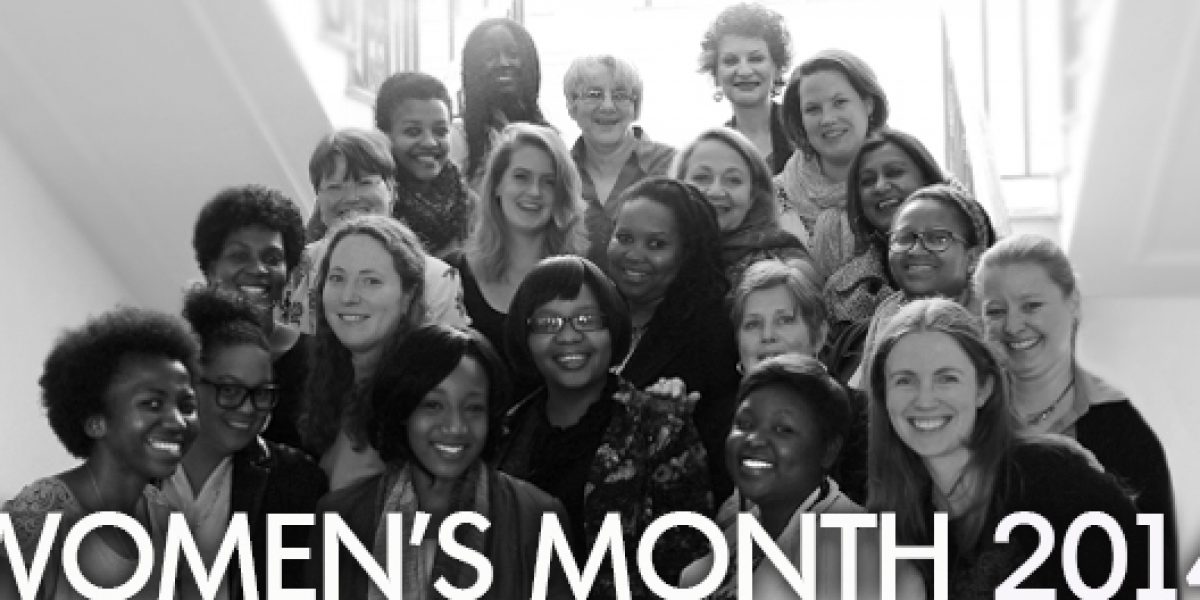Strategies to increase women’s participation in politics have been advanced through conventions, protocols and international agreements for gender mainstreaming, but they are yet to prove effective in achieving gender parity in the highest government rankings. The latest data from the Inter-Parliamentary Union show that globally, women account for an average of about 20% of parliamentary seats.
This begs the question why, despite formal movements towards advocacy and implementation of mainstreaming policies, quota systems, gender networks, NGO’s and decentralisation of power, there is still a gross minority of women occupying leadership roles in international politics.
There is no single answer to this difficult question. Two factors can immediately be identified for discursive purposes and to analyse the general gender imbalance in political leadership: gender stereotypes and lack of adequate support structures to rectify existing codified institutions to include women in political leadership and achieve gender equality in global politics.
Women are still severely underrepresented in governments globally. A 2013 World Economic Forum report covering 115 countries notes that women have closed over 90% of the gender gap in education and in health but only 15% when it comes to political empowerment at the highest levels of government. Although 97 countries have some sort of gender quota system for government positions, according to the Inter-Parliamentary Union, women hold only 17% of parliamentary seats and 14% of ministerial-level positions world-wide, most of which are related to family, youth, the disabled, and the elderly.
The lack of support structures to legitimately implement policy is an issue that needs to be problematised. In this, the quota system becomes an important point of discussion. Abundant lip service is paid to implementation of quotas, especially in the developing world. It must be emphasised that the problem of legitimacy and implementation of the official spaces that women occupy in political leadership is a matter of global concern and is not endemic to the South or under-developed nations. That said, these nations have come under the spotlight for previously lacking the gender-progressive policies enjoyed by Northern nations have.
Numbers are often misleading. This is especially true of quota systems. South Africa presents an interesting case, especially after the 2014 elections. Enshrined in the Southern African Development Community (SADC) Protocol on Gender and Development is the 50% target for women’s representation in all areas of decision-making; this was adopted by South Africa in 2008. South Africa has also been heralded for being one of the most progressive constitutions worldwide, second only to Rwanda in terms of female parliamentary representation on the continent .
The ruling South African party, the African National Congress (ANC), has recently come under fire for the drop in female leadership at national and local government levels. Women’s parliamentary representation in South Africa has dropped from 44% in 2009 to 40% after the recent 2014 elections. That of women in provincial legislatures dropped from 41 to 37%. Following the announcement of the new cabinet, women in cabinet remain at 41%. The proportion of women premiers dropped from 55% in 2009 to 22% in 2014. In the 2011 local elections, women’s representation dropped from 40 to 38%.
In 1998, Francis Fukuyama wrote in a Foreign Affairs article entitled “Women and the Evolution of World Politics” (September/October 998) that women’s political leadership would bring about a more co-operative and less conflict-prone world. This is the common world view with regard to female political leadership.
This essentialist view maintains and perpetuates gender stereotypes and binaries that are arguably incongruent with empirical historical examples of female leadership in government, the military and the diplomatic corps. The likes of Mbande Nzinga, Golda Meir, Margaret Thatcher and Condoleezza Rice serve as examples of female leaders that break the mold of such feminine stereotypes as ‘nurturer’, ‘mother’, ‘peace-keeper’ and ‘negotiator’. The problem with these stereotypes is mainly that they represent women as a homogenous interest group and equate the existence of women in political leadership with feminised norms: for example, women should be concerned with empowering other women and furthering women’s rights; women innately aim to avoid conflict; women are emotionally driven rather than rational.
Furthermore, we should be wary of creating unrealistic expectations. The increase of women in political leadership is necessary not because it will lead to world peace but because women are a group, however heterogeneous, previously excluded from formal public spaces like government and the business sector for the mere fact of being women.
Essentially it is necessary to have quotas in place and to analyse quantitative fluctuations of women in global political leadership. However further inspection needs to go into the quality of women’s roles in these public spaces.
While it is important to be concerned with the decrease in numbers, it is also equally and arguably more important to be concerned about the status of gender relations and normative ideas around gender in government spaces. Growth in number is the first phase through which gender parity can happen. More, however, needs to happen: a new phase in both national and international politics in which the structural, systematic inequalities that prevent women from making legitimate strides in political leadership are rigorously scrutinised.








